TechTool
» Statics 22
» Statics 21
» Statics 20
» Statics 19
» Statics 18
» Statics 17
» Statics 16
» Statics 15
» Statics 14
» Statics 13
» Statics 12
» Statics 11
» Statics 10
» Statics 9
» Statics 8
» Statics 7
» Statics 6
» Statics 5
» Statics 4
» Statics 3
» Statics 2
» Statics 1

The World of Statistics (1)(2)
By Dr. Magdi Abadir, PhD
Article – 9: The Central Tendency (5)
6. The “Skewness” of a distribution
This parameter indicates how far a distribution deviates from a symmetrical shape. In the following figures appear three different distribution of scores of 50 students in a certain exam, where the full mark is out of 50.In the first distribution (Figure 1a), the majority of students got low grades as evident from the shape of the bar chart and the accompanying schematic curve (Figure 1b). The central tendency parameters were determined as was explained in the previous articles and their values reveal that the value of both the median and mode are lower than that of the mean.
• Mean value = 20 (in plain black)
• Median value = 17 (in yellow)
• Mode = 16 (in blue)
This distribution has a “tail” to the right and is
• Median value = 17 (in yellow)
• Mode = 16 (in blue)
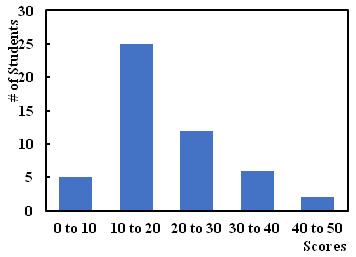
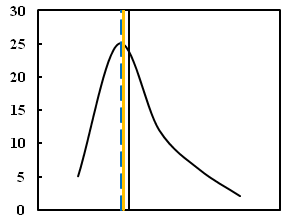
said to be positively skewed.
In a second distribution, the scores are more uniformly distributed and in an ideal case, it appears as in Figure 2, where the mean, median and mode coincide. This distribution is said to be of zero skewness.
The third distribution, shown in Figure 3, corresponds to a case where most of the students obtain high scores resulting in a negatively skewed distribution which is left tailed. In that case, the value of the mode and median are higher than that of the mean. Their values were calculated to be as follows:
• Mean value = 30 (in plain black)
• Median value = 32.5 (in yellow)
• Mode = 34 (in blue)
• Median value = 32.5 (in yellow)
• Mode = 34 (in blue)
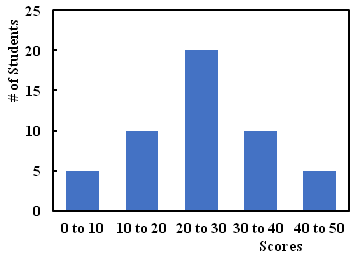
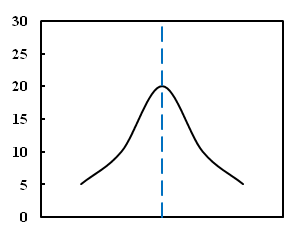

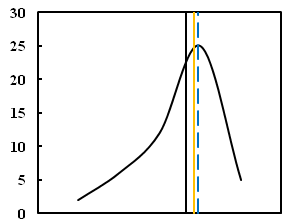
References:
(1) Chen G. (2019) “Skewness” Tech. Anal.
(2) https://www.investopedia.com/terms/s/skewness.asp#
| Dr. Magdi Fouad Abadir, Ph. D.: Dr. M. F. Abadir is currently a professor with the Chemical Engineering Department at the Faculty of Engineering, University of Cairo, Egypt. His major interests are in the fields of high temperature science and technology. During his career, he has supervised more than 110 MSc and PhD theses and published more than a hundred papers mostly in international peer review journals. He currently teaches courses in High Temperature Technology and Industrial Statistics. He is also a consultant for several industrial businesses. |



